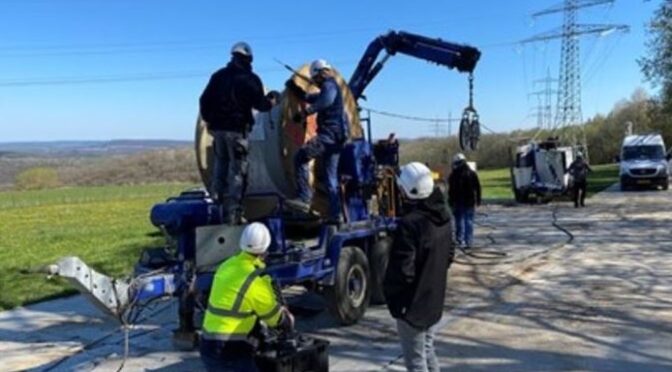The demand for increased electrification to support economic growth and combat climate change has not only driven policy changes and substantial investment from government and international development banks, it has also underscored the need to modernize and expand the world’s power grid. The International Energy Agency estimates that the global length of transmission lines needs to increase by 270% to reach net zero emission goals by 2050.
The new Hass (U.C Berkley) / GridLab working paper goes into extensive detail describing how “reconductoring with Advanced Conductors holds significant potential for rapid transmission expansion.”
Their highly insightful paper demonstrates how large-scale reconductoring with advanced composite-core conductors can cost-effectively double transmission capacity within existing right-of-way (ROW), with minimal permitting. “This strategy unlocks a high availability of increasingly economically viable RE resources in close proximity to the existing network.” The paper’s reconductoring model of the United States power system, shows that reconductoring enables four times more transmission build-out by 2035 which will satisfy “over 80% of the transmission needed to reach over 90% clean electricity,” providing $180 billion in system cost savings by 2050. Though underutilized, “reconductoring presents a cost-effective and time-efficient opportunity to accelerate global transmission expansion.”
Their working paper – anticipated to be broadened by early 2024 – offers specific case studies from highly successful reconductoring projects in the United States, Belgium, Netherlands, Italy, India, and China.
J.D. Sitton, CEO, at CTC Global commented: “With great clarity, this paper describes how major utilities throughout the world have quickly and cost effectively optimized their existing corridors and gained the most out of their existing transmission infrastructure. It also highlights the dramatic potential for transmission utilities in the U.S. to rapidly adopt similar solutions and eliminate costly constraints in the U.S. power grid.” The link to the paper can be found here






